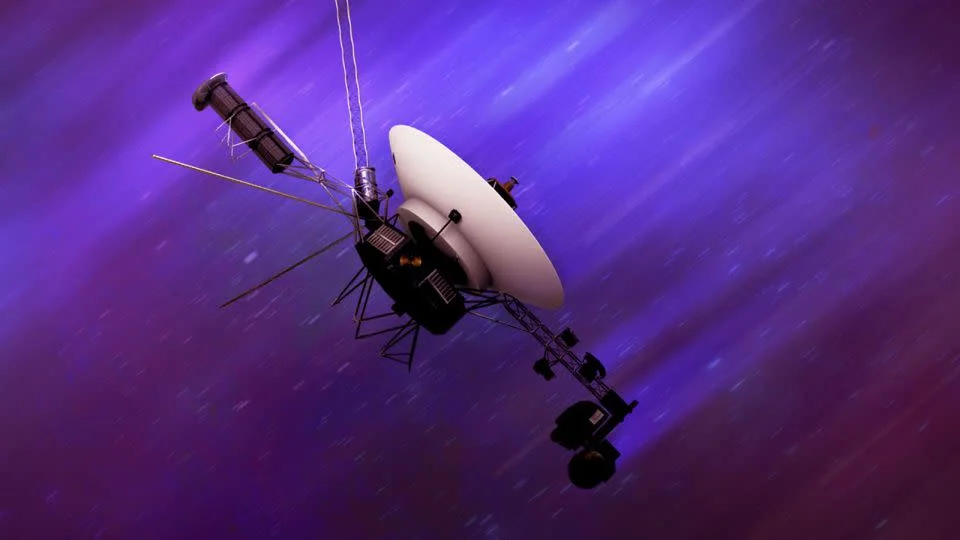
Voyager 1’s Lazarus Act: Reviving ‘Dead’ Thrusters for Deep Space Survival
In a stunning display of ingenuity and perseverance, NASA engineers have successfully resurrected dormant thrusters aboard Voyager 1, the farthest spacecraft from Earth. This incredible feat comes just in the nick of time, as a scheduled communications blackout threatened the mission's safety. Could this be a turning point for the aging probe, ensuring its continued exploration of interstellar space?
Launched in 1977, Voyager 1 relies on a complex system of thrusters to maintain its orientation and transmit data back to Earth from a staggering 15.5 billion miles away. These thrusters are critical for pointing the spacecraft's antenna towards our planet and keeping it locked onto a guide star for stability. However, over time, propellant residue has led to concerns about clogging, potentially crippling the spacecraft's ability to maneuver.

The primary roll thrusters, responsible for maintaining Voyager 1's orientation, ceased functioning in 2004 due to heater failures. While a backup system has been in use since then, engineers worried that it too, could succumb to clogging. As Kareem Badaruddin, Voyager mission manager at JPL, put it, "Frankly, they probably didn’t think the Voyagers were going to keep going for another 20 years."
The prospect of losing communication with Voyager 1 was particularly alarming because of planned upgrades to the Deep Space Station 43 (DSS-43) antenna in Canberra, Australia. This antenna, crucial for sending commands toVoyager 1 and 2, was scheduled to go offline for months, leaving the spacecraft vulnerable. As Suzanne Dodd, Voyager project manager, stated, "These antenna upgrades are important for future crewed lunar landings, and they also increase communications capacity for our science missions in deep space..."
Faced with this challenge, the NASA team embarked on a risky plan to revive the long-dormant primary roll thrusters. They theorized that a power surge might have flipped a switch, disabling the heaters. The solution involved turning on the thrusters and attempting to restart the heaters, a delicate operation with the potential for disaster. A misstep could trigger a small explosion.
On March 20th, a test was conducted. The team held its breath as they waited for the signal to arrive from Voyager 1, a journey that takes over 23 hours. Then came the glorious news: the temperature of the thruster heaters rose, indicating success! "It was such a glorious moment. Team morale was very high that day," exclaimed Todd Barber, the mission’s propulsion lead at JPL. "It was yet another miracle save for Voyager."

This remarkable achievement ensures that Voyager 1 can continue its groundbreaking mission to explore the vast expanse of interstellar space. What new discoveries await this intrepid explorer, and what lessons can we learn from its enduring journey?
Share your thoughts and predictions in the comments below. What are your hopes forVoyager 1's future?